Australia is renowned the world over for being the ultimate overlanding country. What is overlanding, you ask? Well, that’s just a very fancy term for a road trip: a vehicle-based journey that places the focus solely on the journeying part rather than the destination. The term is actually believed to have originated in our country, to describe the herding of livestock, on foot, across enormous distances.
Modern-day road trips in Australia needn’t be all that arduous, yet the sheer size of our splendid country, as well as low population density, means you still need to be well-prepared. Overlanding Australia is a magical experience because, in-between the tourist attractions, there’s an abyss of wild, empty space – something that’s simply hard to find anywhere else in the world.
Whether you’re planning to off-road in the Outback, leisurely explore the entire east coast or heading all the way west across the spectacular Nullarbor Plain for the first time, these 14 tips will help.
1. Give plenty of consideration to your vehicle choice
Avid road trippers will tell you that a 4WD is essential for any serious overlanding trip in Australia, but that’s simply not true. What is true, however, is that your choice of vehicle will greatly dictate how far off the beaten (tarmac) path you can go. The main thing to know is that the further off-road you wish to travel, the less tech-reliant your vehicle should be. Yes, you can easily explore the East Coast in an electric car (like this intrepid traveller did) yet you’ll have serious issues finding fast recharging points the moment you head inland.
Other than that, whether it’s a van, camper, regular sedan or even motorcycle, it’s vital that your vehicle is mechanically reliable and that you know how to keep it that way on the road.
Dreaming of true-blue outback adventures? Check out these 8 best expedition vehicles that’ll fulfil all your off-road Outback dreams.

2. Make sure you can be self-sufficient if going off-road
As Murphy’s Road Trip Law dictates, you will never get a flat tyre or run out of engine oil outside a Bunnings Warehouse or mechanic’s shop. On an Australian overland trip, it’s crucial that you know more than just the basics of vehicle maintenance. Take a 4WD training course if going off-road, and always pack a tool kit and a few essentials like spare fuel, coolant, brake fluid, a jack and plate, as well as the golden road-trip trifecta of WD40 (to get off mud-packed bolts), gaffa tape and cable ties.
Here are some more useful tips on how to prepare your car for an epic road trip in Australia.
3. Safety should be your #1 priority
Safety precautions soon become second-nature when road tripping around Australia, but it’s something you’ll need to consciously considered, at first. From understanding the art of bush mechanics to packing a fire extinguisher and comprehensive first-aid kit, knowing where it’s safe to swim, where possible avoid driving after dark (and be extra cautious at dusk and dawn when animals such as kangaroos are on the move), having an industrial supply of insect repellent and SPF with you at all times, apart from loads of extra drinking water: these are the basic precautions you need to nail to keep safe on the road.

4. Pack smart
Believe it or not, clothes, shoes and toiletries are not the most crucial things that’ll need space in your vehicle. That honour belongs to your vehicle spares, fire extinguisher and first-aid kit. So go easy on everything else and take it from the experts: it is absolutely no fun to be driving around in a jam-packed vehicle.
Packing cubes can help curb your over-packing tendencies and keep everything tidy, which is a godsend when you’ve been on the road for a while and the interior of your vehicle starts to resemble a nuclear disaster zone!
5. Get a Tesltra Sim card – it’s the best out there
Telstra has by far the widest coverage range in Australia and is the only one that works in the Outback. You can simply opt for a pre-paid sim and plan if you normally use another carrier. Mind you, even with a Telstra sim, there will be plenty of times when you have no phone reception at all outside inhabited areas, so for extra safety, consider also carrying a satellite phone. Calls are brutally expensive but, if it’s a dire emergency, it simply won’t matter.
Here are the 5 best sat phones reviewed by CarsGuide.
6. Set yourself up with a solar power kit + inverter
Ah, the great Aussie sun: unforgiving on the skin but brilliant for recharging phones, cameras, laptops, i-pads, and other techy bits and bobs you’re planning to take along for the ride. If travelling in a larger vehicle, don’t forget an inverter so you can convert that power from 12V to 240 and just plug in your regular charging cables.
Having your own electricity supply means you won’t be forced to spend hours in cafes or drop considerable cash on overpriced campsites every night. This, above and beyond anything else, will grant you the freedom to pull up before sunset and sleep in the great outdoors.

7. But don’t forget to disconnect, often
Being connected may be pivotal for safety, but you really shouldn’t take that too literally. Disconnecting from daily social media scrolling will do wonders for your soul, and will also leave your phone’s battery charged for times when you really need it.
Travelling with kids? Then download episodes of their favourite shows on a USB stick and teach by example: there’s SO much to see and do on a road trip that, after the initial disconnection shock (and yes, it will be), you’ll all soon forget about the screen. It might feel really strange to put your phone on airplane mode for most of the day at first but, within a few days, you’ll feel as if you’ve been unshackled, and that feeling is priceless!
8. Take a printed guidebook along
A genius way to save phone battery and a marvellous thing to hold: a very good paperback guidebook is perhaps the most underrated gem to take along. Our two favourite editions are Lonely Planet’s road trip guidebook (it details some exceptional itineraries) and the Rough Guide’s Australia guidebook, which is a little older but details the most fascinating points of interest, which don’t change all that much.
We can also recommend this fantastic Wildlife of Australia pocket book that will captivate adults and kids alike.

9. Pack a cooler/esky
Eskies are god’s gift on a serious road trip in Australia, especially if your vehicle is not kitted with a travel fridge. Keeping food and drinks cold is not just lovely but also quite important, for food hygiene reasons. Because who wants to eat ultra-processed food every day?!
Yes, having to constantly fill the esky with ice and emptying it out after two days can get pretty wearisome, but if you don’t have a fridge, then this is really your only other cooling option. Our friends at Escape Travel have compiled this handy guide to the best eskies on the market.
10. Book accommodation ahead
Tackle a road trip in Australia and you’ll experience the kind of blissful solitude that inspires memes. Indeed, the moment you get off the coastal roads you’ll feel as if you’ve landed on another planet, with nary another soul in sight. That is, until you pull up to the next town and head straight for the nearest campsite, motel or resort.
That’s where everyone will be!
Given the enormous expanse of our great country, and low population density, those few-and-far-between accommodation options can get booked out weeks in advance – months if we’re talking Exmouth, Western Australia, in whale watching season. Even the most self-sufficient overlander in a decked-out campervan will want accommodation at some stage, so if the next stop is a must, for you, book it in advance.
11. Pack camping gear – even if you normally abhor the idea of sleeping under the stars…
Even the most camping-adverse road tripper will kick themselves for not packing a tent and sleeping bag on a road trip in Australia. There is literally no better place to sleep in the great outdoors and this is something everyone should experience, at least once. The starry sky in the Outback is a life-changing spectacle and the sheer concentration of multi-day hikes (looking at you, Tasmania!) at your disposal make packing even just basic camping gear a no-brainer.
Take blow-up mattresses to entice the sceptics, make sure the tent is one size larger than needed (a 3-person tent for 2 people, 4-person tent for 3 and so on) and enjoy what will probably become the best nights of your entire trip.

12. Always fill up the tank and overbuy drinks in remote areas
You’d have to go to a lot of trouble to not run into a fuel station every 300km or so in Australia, even in the remotest outback trails. Well, perhaps not the Canning Stock Route but that’s hardly a beginner’s option.
Don’t make the mistake of driving past a refuelling station on a road trip in Australia, and always overbuy on drinks, snacks and (more importantly) fuel. A lot of travel mishaps can be avoided if people are oversupplied, all the time.
13. Travelling with kids? Pack a Car Sickness Survival Pack
Even if you or the kids don’t usually suffer from motion sickness, you may succumb to the green monster on those corrugated outback roads. They can be incredibly stomach churning and, sometimes, stopping to ‘get over it’ becomes a futile exercise.
Your kit should contain prophylaxis to prevent and remedies to abate bouts of car sickness, as well as loads of paper bags and cleaning products like wet wipes, car freshener spray and breath mints. Lots and lots of breath mints.
14. Keep everything within reach with a nifty car organiser
You’ll want to be able to grab that paper bag in a nanosecond at any given time, right? Well, you can only do that if the essentials have their dedicated space. At Zoomlite, we’ve created the ideal car organiser and storage unit – one that we believe blows all competitors out of the kiddie pool.
Our new Organiser boasts flexible dividers to create an array of configurations, is made of a heavy-duty, water-repellent material that’ll hold tight in harsh conditions and a genius collapsible design that means you can use two compartments in large spaces (like the boot) or just one for tighter spots (like the back seat or floor. It also has plenty of zippered and outside mesh pockets so you can secure smaller items.
Overall, this neat packing solution is arguably the most versatile product in our catalogue and we know it will make for a fantastic addition to any kind of road trip adventure in Australia.

Looking for more packing inspiration for an upcoming road trip? Check out our Most Popular Packing Products and get packin’!
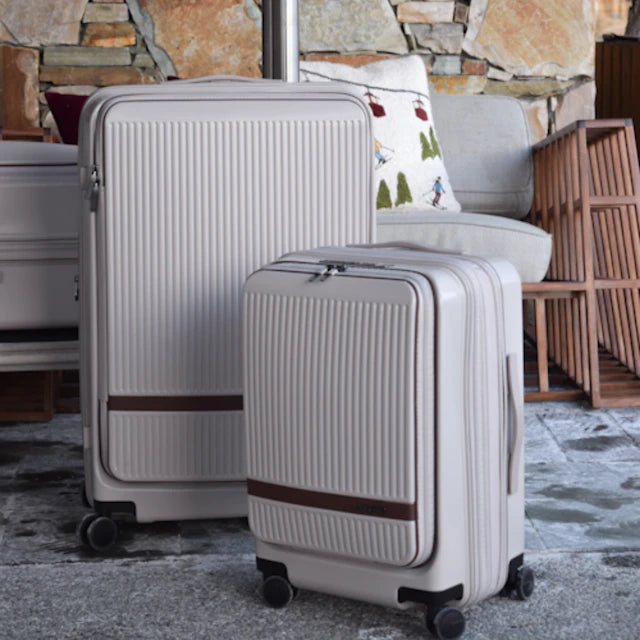
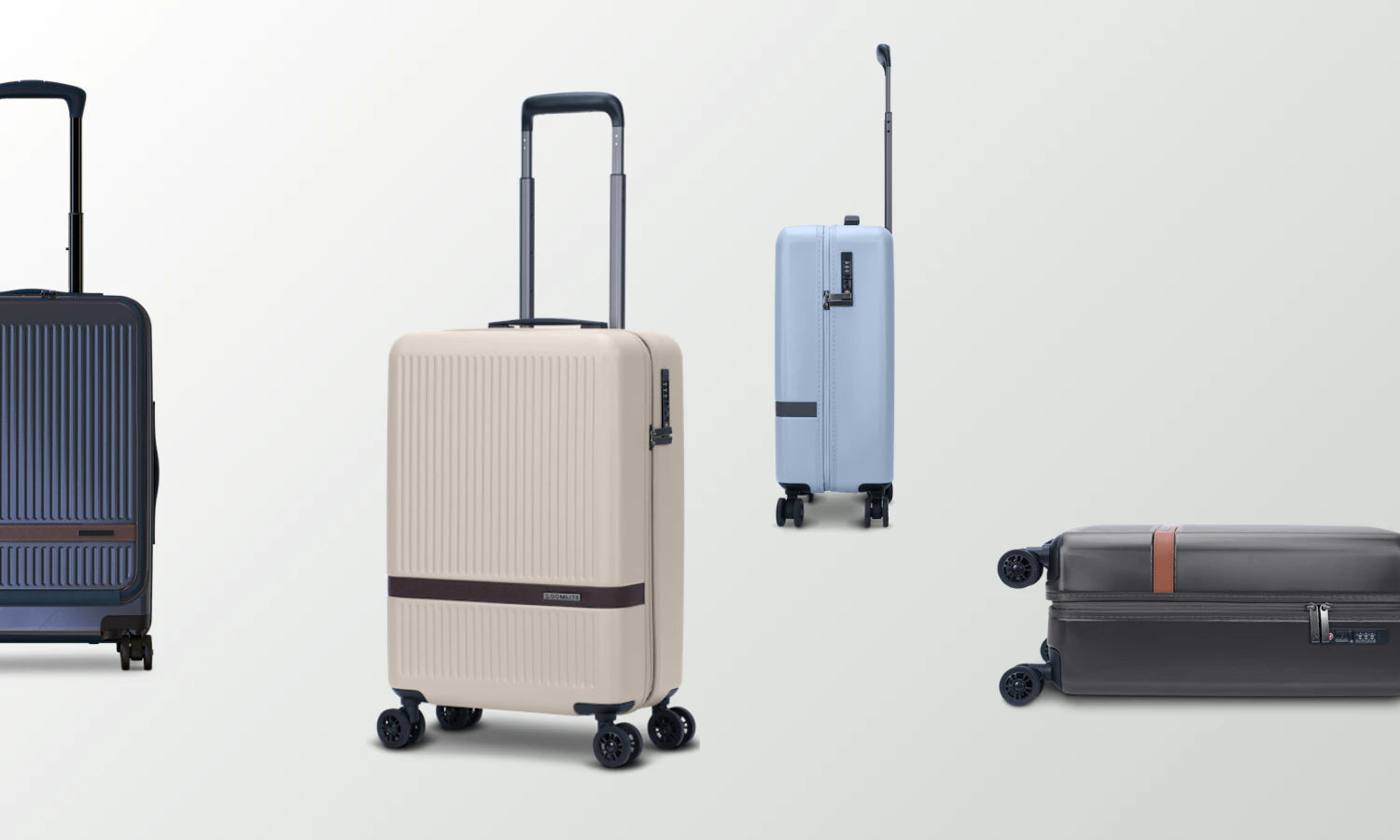
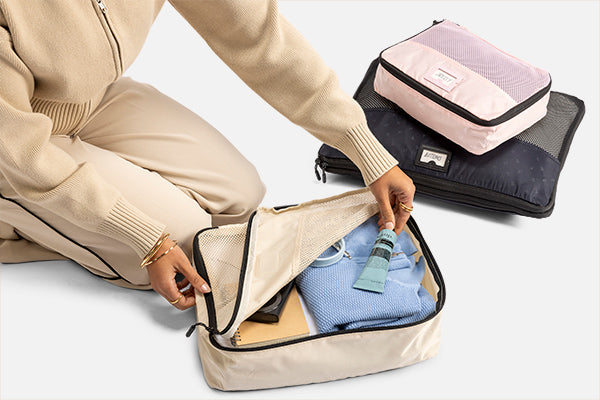
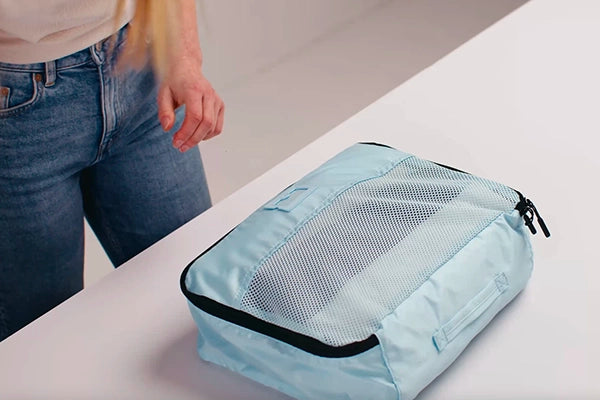
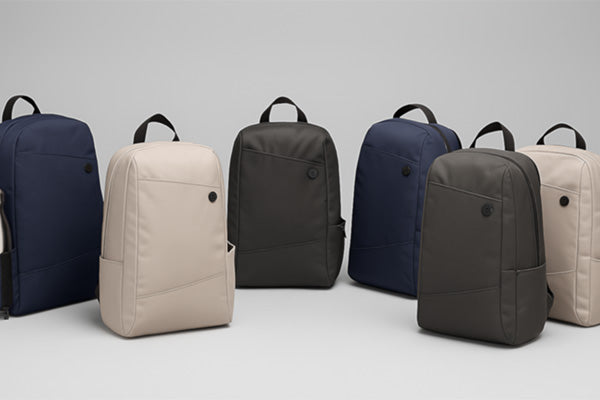
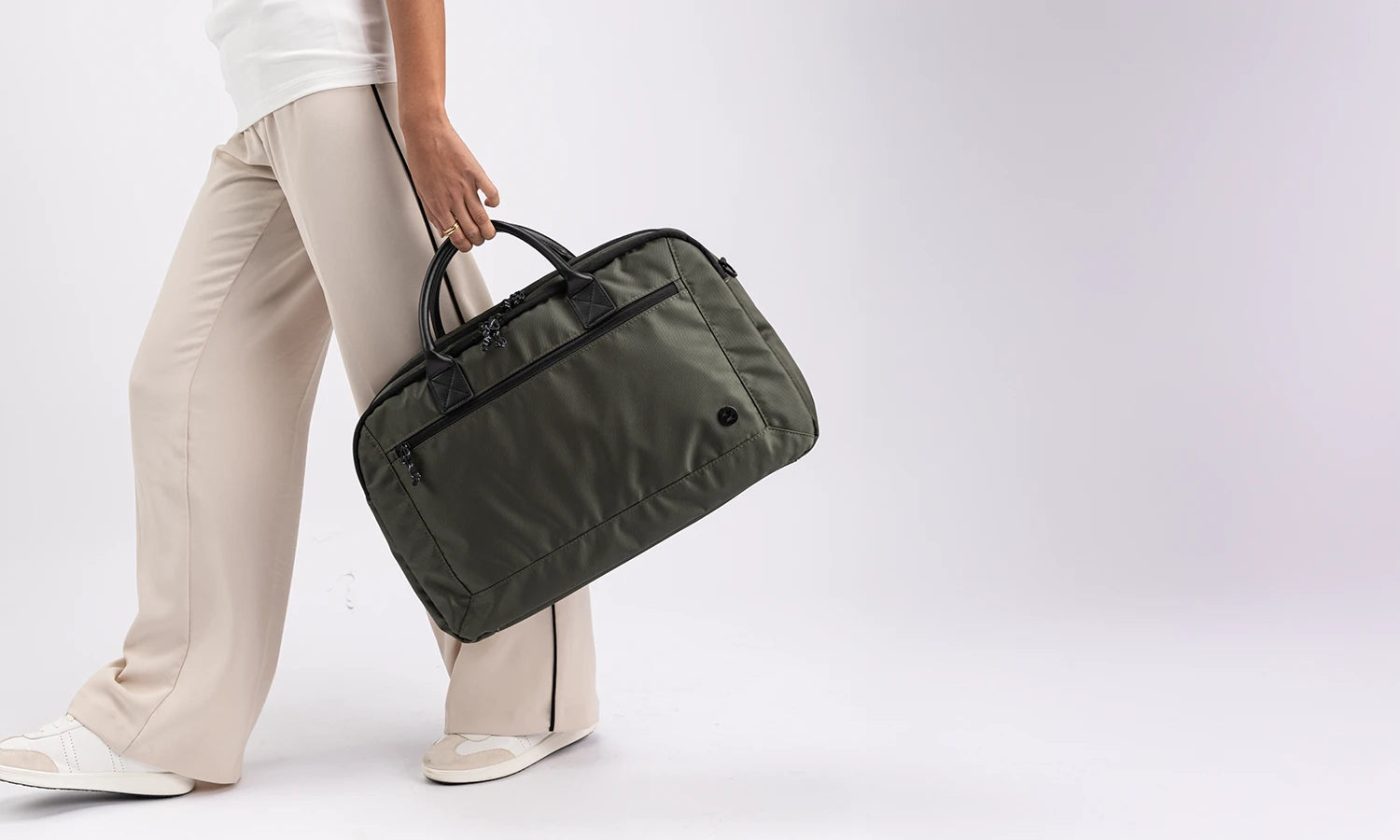
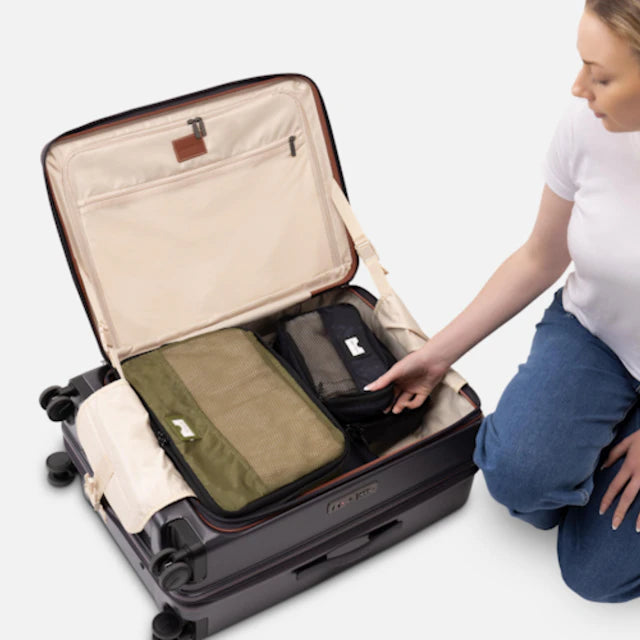


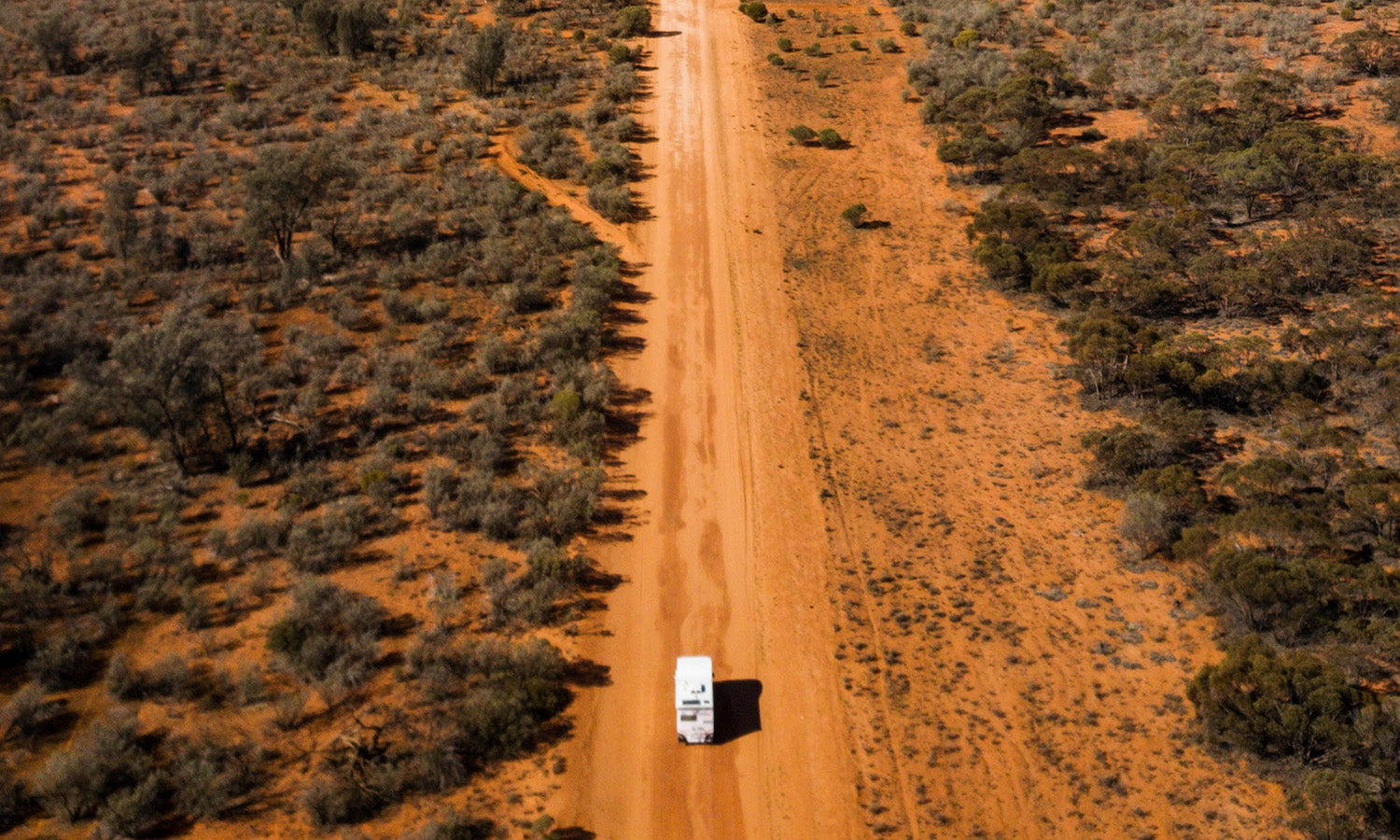







Leave a comment